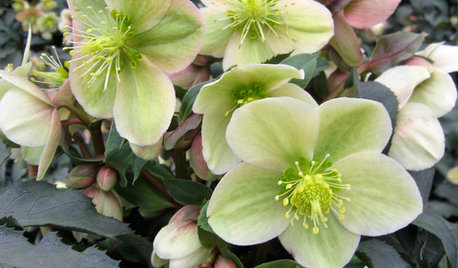Saw dust mulch
calm1
11 years ago
Featured Answer
Sort by:Oldest
Comments (10)
oliveoyl3
11 years agoKimmsr
11 years agoRelated Professionals
Ashburn Landscape Architects & Landscape Designers · Edmond Landscape Contractors · Brookline Landscape Contractors · Burlington Landscape Contractors · Cedar Hill Landscape Contractors · Kerman Landscape Contractors · Rosemount Landscape Contractors · Santa Maria Landscape Contractors · Wanaque Landscape Contractors · Palos Hills Landscape Contractors · American Fork Decks, Patios & Outdoor Enclosures · Norman Decks, Patios & Outdoor Enclosures · North Aurora Decks, Patios & Outdoor Enclosures · Northbrook Decks, Patios & Outdoor Enclosures · Orland Park Decks, Patios & Outdoor Enclosurestoxcrusadr
11 years agocalm1
11 years agojolj
11 years agooliveoyl3
11 years agoidaho_gardener
11 years agotoxcrusadr
11 years agopnbrown
11 years ago
Related Stories

HEALTHY HOMEWhat to Know About Controlling Dust During Remodeling
You can't eliminate dust during construction, but there are ways to contain and remove as much of it as possible
Full Story
GARDENING GUIDESNew Ways to Think About All That Mulch in the Garden
Before you go making a mountain out of a mulch hill, learn the facts about what your plants and soil really want
Full Story
GROUND COVERSGround Force: 10 Top Ground Covers for Your Garden
Protect your soil from weeds and drought this summer with a living mulch of ground covers
Full Story
GARDENING GUIDESGarden Myths to Debunk as You Dig This Fall and Rest Over Winter
Termites hate wood mulch, don’t amend soil for trees, avoid gravel in planters — and more nuggets of garden wisdom
Full Story
HOUSEKEEPINGEasy Makeover: Spirited Spruce-Up for a Bar Cart
A bar cart gets some much-needed service with a little dusting, rearranging and decoration, for a dashing new look in less than an hour
Full Story
You Said It: Hot-Button Issues Fired Up the Comments This Week
Dust, window coverings, contemporary designs and more are inspiring lively conversations on Houzz
Full Story
BEDROOMSThe Lowdown on Bed Skirts
Sure, they hide the dust bunnies. But when you know all the options, bed skirts can rack up major style points too
Full Story
HOUSEKEEPINGHow to Clean and Care for Your Mattress
See what the experts recommend to protect your mattress from dust, moisture and stains
Full Story
WINTER GARDENINGGreat Design Plant: Gold Collection Hellebores Perform Like Stars
Exciting colors, longer bloom times, forward-facing flowers ... These hybrids leave old hellebores in the dust
Full Story
DECORATING GUIDES8 Inventive Ideas for Your Unused China
Is your dishware collection gathering dust at the back of your cupboard? Pull it out and let it shine with these eye-catching display ideas
Full Story





luckygal